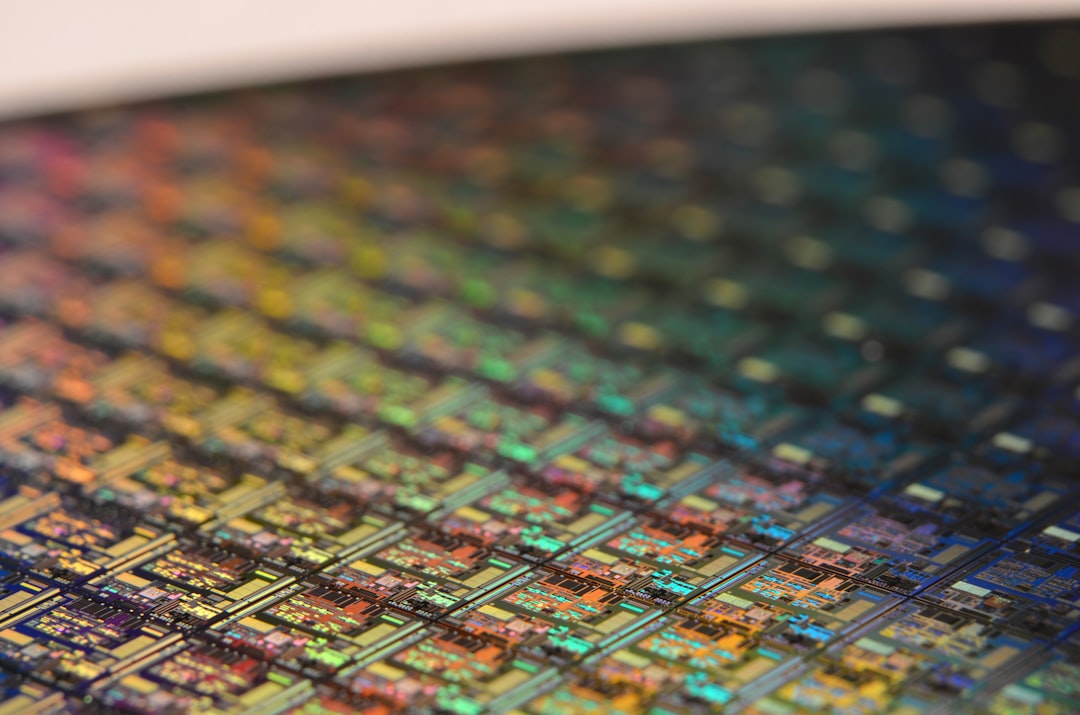What is it about?
Providing tools for robust control of high-precision mechatronics devices in the pre-sliding (i.e. micrometric and nanometric) motion regime where friction limits the achievable precision and accuracy.
Featured Image
Why is it important?
A holistic approach to all the main issues pertaining to pre-sliding friction is given. An overview of all the relevant models available up to date to describe the pre-sliding behavior is provided as is the experimental assessment of the most important ones. The models that provide the most accurate behavioral approximation of pre-sliding motion are thus determined and characterized with the aim of compensating frictional disturbances. The adopted rigorous approach contributes significantly to the potential of achieving an effective real-time compensation of friction in mechatronics devices aimed at nanometric positioning (e.g. those often used in scientific instrumentation, micro-electro-mechanical systems (MEMS), precision machine tools, ICT, optical devices etc.).
Read the Original
This page is a summary of: Issues in validation of pre-sliding friction models for ultra-high precision positioning, Proceedings of the Institution of Mechanical Engineers Part C Journal of Mechanical Engineering Science, February 2018, SAGE Publications,
DOI: 10.1177/0954406218758797.
You can read the full text:
Contributors
The following have contributed to this page










